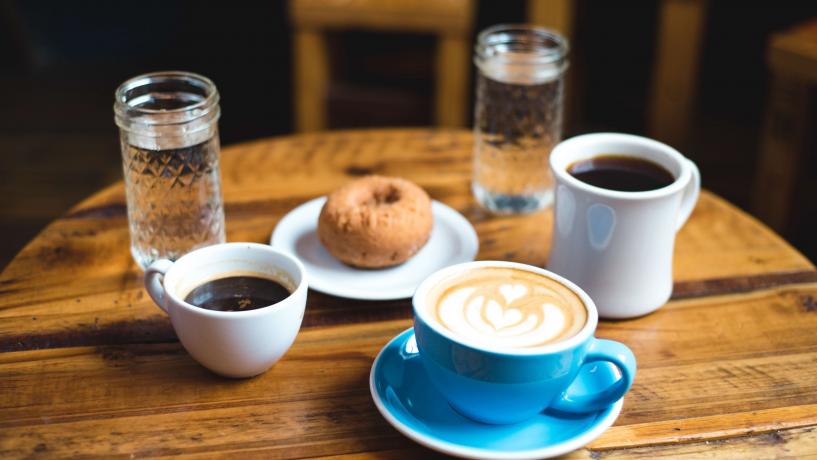
The fun of owning or running a cafe or small food business lies in its creativity, as well as the opportunity to design your own menu and serve food you love.
While pursuing this dream, don’t forget to remember the food safety hazards that can occur when cooking foods. Remembering this will ensure that your food is not only creative, but of high quality and safe for your customers.
Coffee
To preserve the quality of your coffee and keep it safe for your customers:
- Regularly clean your coffee maker’s filter to remove bacteria
- Store coffee grounds in an airtight container
- Keep the coffee grounds dry
- Replace wet filter papers regularly to eliminate mould
- Throw out expired milk and milk substitutes
- Ensure that all cups and mugs are chip-free, as these chips can shelter harmful bacteria
In rare cases, ochratoxin can also contaminate raw coffee beans before and continuing past the roasting stage, so be sure to review your supply chain and discuss this hazard with your supplier.
Breakfasts and Lunches
Refrigerating
Pre-made sandwiches and bread rolls that contain perishable ingredients, like soft cheeses and meats, should be refrigerated at 5C or lower. Cakes, biscuits, and savoury foods like focaccias also require refrigeration at 5C.
Hot Foods
Hot foods should be stored in heated cabinets which maintain a constant temperature of 60C or above. Food in hot display cabinets should not be stacked too high, as this reduces the effectiveness of the heat circulation, leading to some hot foods not receiving adequate heat penetration.
Storing Dry Foods
Keep dry foods like rice and flour in air tight containers to avoid letting them become damp or contaminated with mould or fungus.
Meats
Always cook meats thoroughly, as undercooking meat can be dangerous for your customers’ health. Pay attention to the internal temperature of the meat that you are preparing and ensure that it is cooked to the appropriate temperature as described below.
| Meat Type | Safe Temperatures |
| Beef, lamb, pork or veal | Medium rare: 63C – allow at least 3 minutes for the meat to rest Medium: 71C Well done: 77C |
| Ham | Fresh, raw ham: 71C Pre-cooked ham: 77C |
| Poultry (chicken, turkey and duck) | 74C |
| Minced meat | 71C |
| Fish |
63C |




